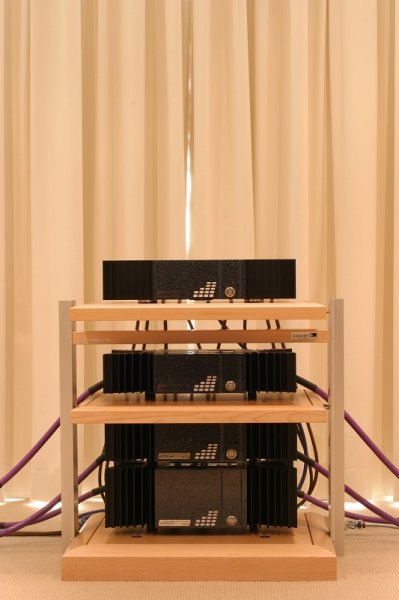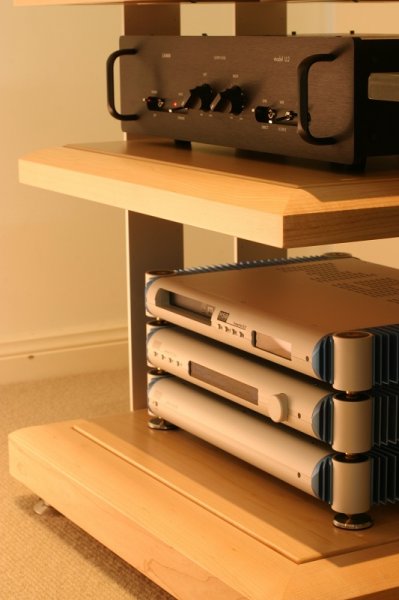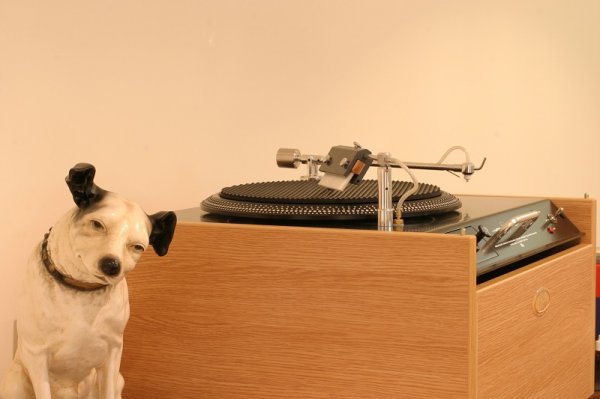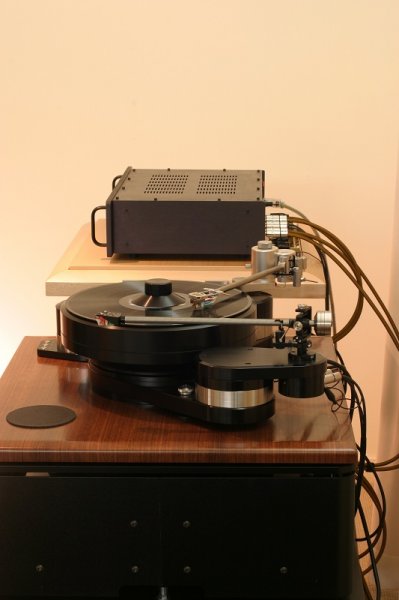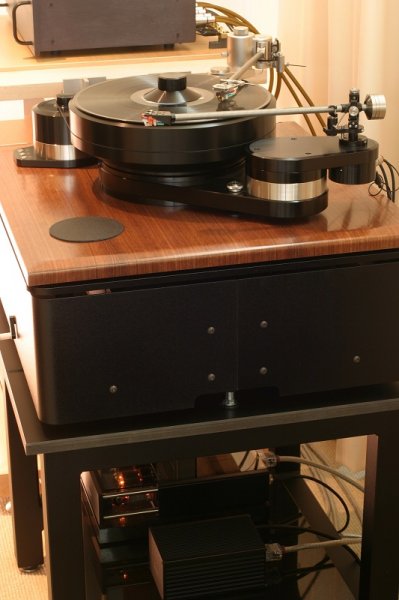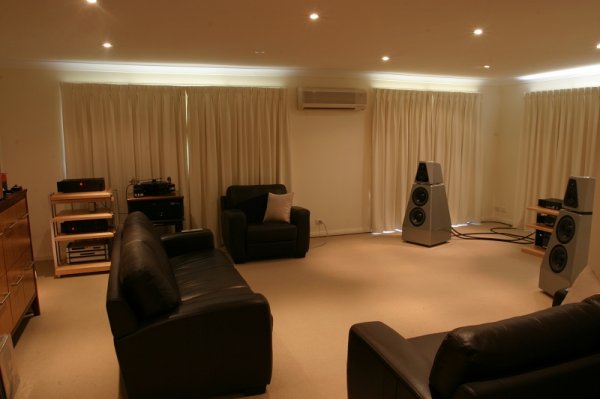There is a lot worse out there and I am yet to hear another complete "system" which makes me contemplate any changes (aside from acoustic room treatments) or teaches me something new about the realistic reproduction of acoustic music.
Component line up includes:
Keith Monks RCM Mk.IIc record cleaning machine
Minus K Technology WS-4 Vibration Isolation Workstation
Brinkmann Audio Lagrange turntable
Acoustical Systems Axiom tonearm
Lyra Olympos LOMC cartridge
Miyabi Alnico LOMC cartridge
Acoustical Systems Syntax 1:12 step-up transformer
Brinkmann Audio 12.1 tonearm
Lyra Dorian Mono LOMC cartridge
Finite Elemente Pagode Master Reference HD03 equipment rack
Lamm Industries LP2 Deluxe phono preamplifier (modified)
MSB Technology Data CD IV optical disc transport
MSB Technology Signature DAC IV Plus digital-to-analogue converter
MSB Technology Signature Power Base
Lamm Industries LL2 Deluxe linestage preamplifier (modified)
Finite Elemente Pagode Signature E12 equipment rack
SGR Audio MTX active line level crossover
SGR Audio EL-15S stereo power amplifier
SGR Audio EL-15S stereo power amplifier
SGR Audio EL-30S stereo power amplifier
Basis Audio PSTT loudspeaker cables
SGR Audio MT3F Loudspeakers
Custom made power cables
Custom made line level interconnects
IsoTek EVO3 Premier power cables
IsoTek EVO3 SOLUS power distributor/filter
And since I know that us men only look at the pictures, drum roll please...
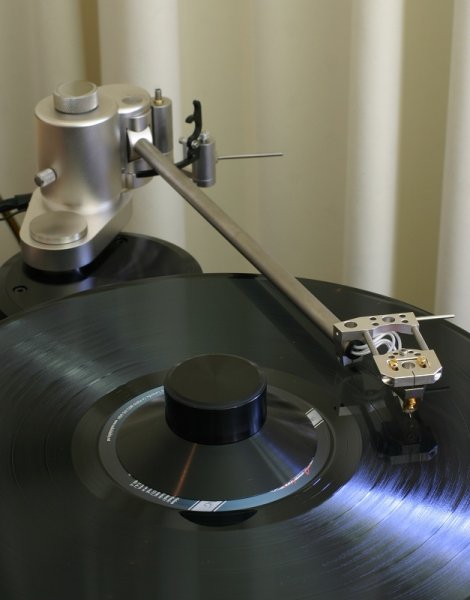
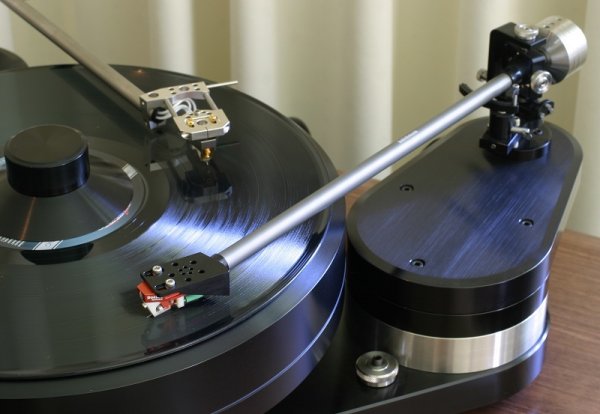
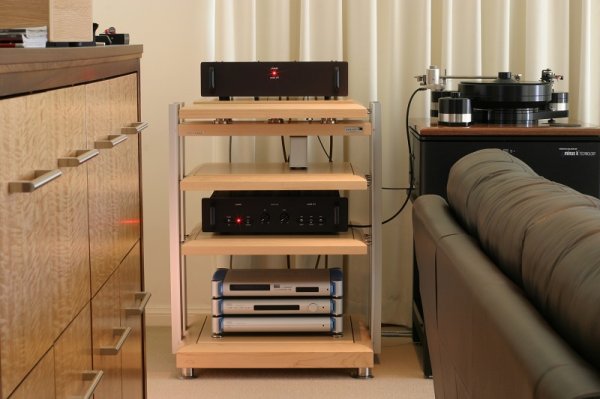
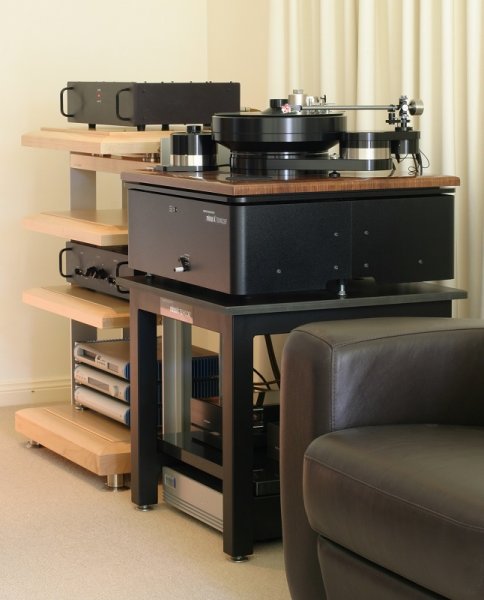
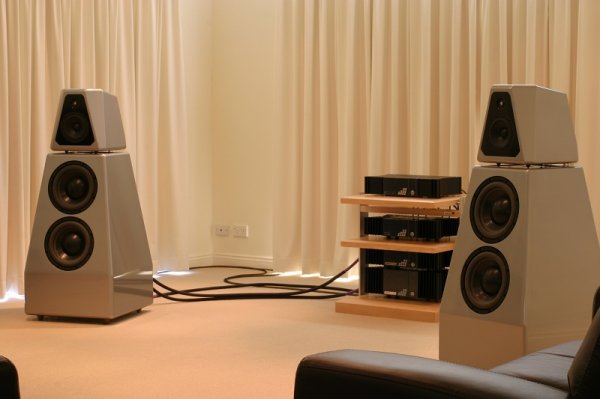
Component line up includes:
Keith Monks RCM Mk.IIc record cleaning machine
Minus K Technology WS-4 Vibration Isolation Workstation
Brinkmann Audio Lagrange turntable
Acoustical Systems Axiom tonearm
Lyra Olympos LOMC cartridge
Miyabi Alnico LOMC cartridge
Acoustical Systems Syntax 1:12 step-up transformer
Brinkmann Audio 12.1 tonearm
Lyra Dorian Mono LOMC cartridge
Finite Elemente Pagode Master Reference HD03 equipment rack
Lamm Industries LP2 Deluxe phono preamplifier (modified)
MSB Technology Data CD IV optical disc transport
MSB Technology Signature DAC IV Plus digital-to-analogue converter
MSB Technology Signature Power Base
Lamm Industries LL2 Deluxe linestage preamplifier (modified)
Finite Elemente Pagode Signature E12 equipment rack
SGR Audio MTX active line level crossover
SGR Audio EL-15S stereo power amplifier
SGR Audio EL-15S stereo power amplifier
SGR Audio EL-30S stereo power amplifier
Basis Audio PSTT loudspeaker cables
SGR Audio MT3F Loudspeakers
Custom made power cables
Custom made line level interconnects
IsoTek EVO3 Premier power cables
IsoTek EVO3 SOLUS power distributor/filter
And since I know that us men only look at the pictures, drum roll please...





Last edited:


